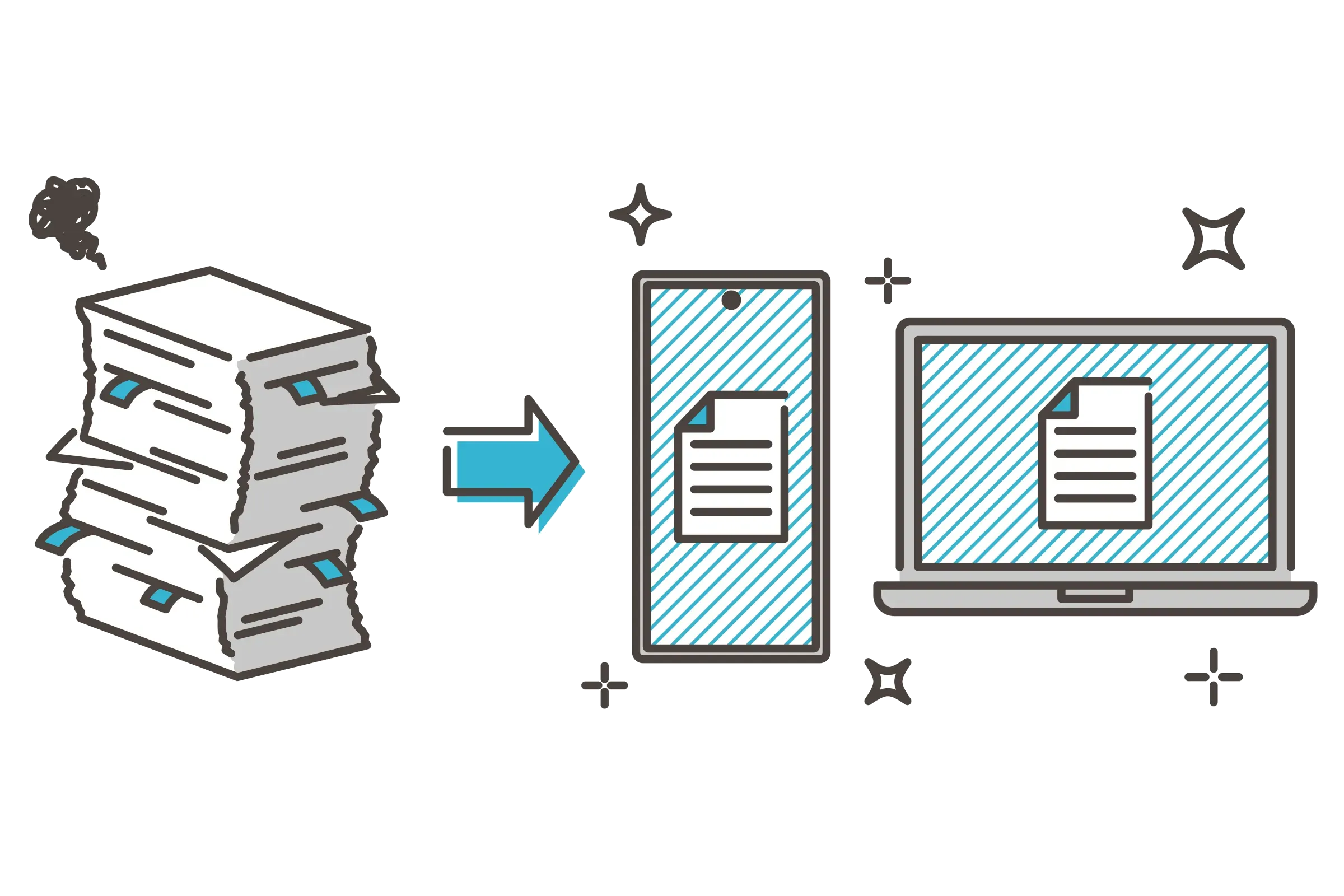Transitioning from older software into a modern cemetery management system is a significant step forward. Many legacy platforms were built decades ago and often replicate paper processes on a screen without truly unlocking the advantages of digital data. Those advantages include being able to search and filter records instantly, connect related information across different parts of the system, generate accurate reports with minimal effort, and automate tasks that once required manual entry. Moving to a modern system provides greater efficiency, discoverability, and functionality, but the migration process itself deserves careful attention.
Why the Content Matters
At the heart of any migration is your data. Every family interaction, property record, contract, and service history tells the story of your cemetery. Bringing that content into your new system is essential to preserve continuity and provide a reliable foundation for your operations.
Deciding What Should Transfer
Not every piece of information from your legacy system needs to – or should – be moved forward. Some examples of what’s most important:
- Ownership records and property availability: Core to serving families and avoiding costly errors. These records also drive the sales of the cemetery and allow a modern system to leverage sales tools and streamlined contract processes to improve sales flows with families.
- Burial and interment records: Critical to history, compliance, and family trust. They form the permanent historical record of the cemetery and give both families and regulators confidence that information is accurate and preserved.
- Contracts and financial records: Ensure accountability and accuracy for past and ongoing agreements. In a modern system, they also enable financial reporting, automated billing, and better financial oversight.
- Other records important to your cemetery: Every cemetery is unique, and there may be additional categories of data that are meaningful to your operations. It is important to discuss these with your vendor during the software selection process so they can advise you on the best way to handle them.
On the other hand, generic notes, outdated financial data, or redundant attachments may not need to be imported in bulk. These notes may still contain valuable information, so they should not be dismissed, but where details can be converted into structured data, it is always better for searchability and functionality. In addition, cemeteries should carefully consider whether certain data needs to be actively imported into the new system or instead stored off as a backup. Taking this approach allows for data cleanup and a smoother transition while still ensuring that all historical information is preserved if needed in the future.
Preparing for a Data Migration
Successful migrations require more than just technical expertise on the side of your new vendor. Cemeteries need to designate an individual (or sometimes individuals) with deep knowledge of their data who can answer questions, explain the history of records, and help resolve issues as they arise. Even though the new management vendor handles the heavy technical lifting, there must be a strong partnership with the cemetery to ensure the data is transferred correctly and accurately. Having this internal expert in place helps the project stay on track and builds confidence that the information families and staff rely on will come across as expected.
Common Hurdles to Prepare For
Even with careful planning, there are areas that can create challenges during a migration. Knowing what these are ahead of time helps cemeteries plan appropriately and avoid surprises.
Accessing Your Data
In some cases, older software providers may limit how easily you can extract your data. In some cases, access may be delayed or restricted to certain formats. Cemeteries should expect that questions may arise about who owns the data and in what form it can be released. Being clear on your rights helps ensure that you retain access to the records that are essential to your operations.
Potential Fees
Vendors may charge a fee to provide a full export. This might be presented as a technical service fee or a data extraction fee. While frustrating, this practice is not unusual and is worth planning into your project budget. Understanding this possibility upfront avoids surprises and helps you keep the migration timeline on track.
Format of the Export
The way data is provided can vary widely. In some situations, a full relational database backup may be possible and is often the most complete option. However, not all legacy systems even use a relational database, so this type of export may not be available. In those cases, providers may only supply spreadsheets, flat files, or very limited exports. These limited formats can mean that relationships between records are lost, making it more difficult to reconstruct information accurately in the new system. The more complete the export, the smoother the migration will be.
Third-Party Integrations
If your legacy system is connected with outside tools (such as payment processors, mapping vendors, or other services), data from those integrations may not be included in your export. Even if it appears in the user interface, it may actually be stored separately and not part of the core database. Be prepared for gaps or mismatches depending on how integrations were originally built, and expect that these may require additional discussion or manual adjustments during migration.
Why Is It Worth It?
In spite of these hurdles, making the decision to move to a modern platform is the right step forward. At webCemeteries, we have completed hundreds of conversions for cemeteries of every size, and our team brings deep industry knowledge to each project. That experience allows us to anticipate common challenges, provide clear guidance, and keep projects on schedule. With the right partner, cemeteries can transition smoothly and begin serving families confidently from their new management platform.
Looking Ahead
Migrating from a legacy system isn’t just a technical process, it’s a chance to reimagine how your cemetery operates. By identifying the most important data, adapting to modern structures, and preparing for common hurdles, you’ll set your organization up to take full advantage of your new software. The end result is a system that does more than replicate paper; it actively empowers your staff, improves service for families, and preserves history for generations to come.
Frequently Asked Questions About Cemetery Recordkeeping
Related Articles
Articles related to the one you just read!
What are cemeterians saying about webCemeteries?
This [website] project was quite an odyssey with plenty of twists and turns. The webCemeteries website design team weathered the storm. I think it’s more than fair to say that without their efforts, we would not have gotten this over the finish line…and with such an excellent outcome.
Mark J. DePalma
Forest Lawn Buffalo



